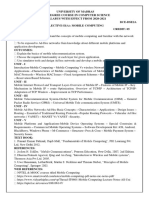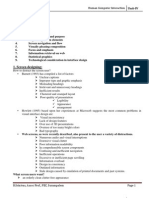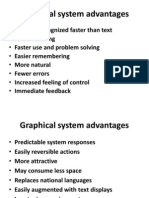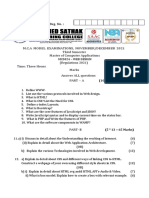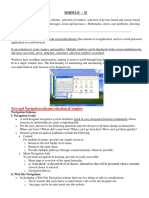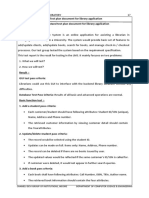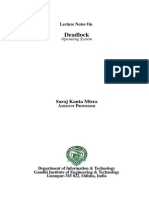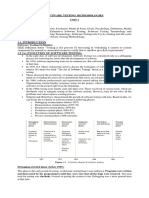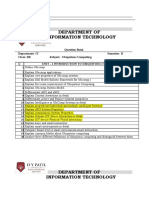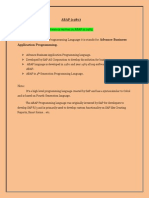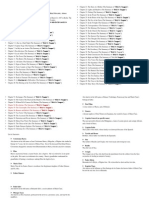100% found this document useful (1 vote)
815 views12 pagesHuman Computer Interaction Cognitive Models
Cognitive models attempt to represent how users think as they interact with interfaces. They model aspects of a user's understanding, knowledge, intentions, and mental processing. Goals represent what a user wants to achieve, while tasks are the actions to achieve goals or subgoals. Techniques like GOMS (Goals, Operators, Methods, Selection) use hierarchies to break goals down into subgoals and tasks. GOMS models decompose a goal into methods consisting of subgoals and basic operators. Selection rules determine which method to use based on conditions. Cognitive Complexity Theory also uses production rules and networks to model user cognition.
Uploaded by
vicky arooraCopyright
© © All Rights Reserved
We take content rights seriously. If you suspect this is your content, claim it here.
Available Formats
Download as PPT, PDF, TXT or read online on Scribd
100% found this document useful (1 vote)
815 views12 pagesHuman Computer Interaction Cognitive Models
Cognitive models attempt to represent how users think as they interact with interfaces. They model aspects of a user's understanding, knowledge, intentions, and mental processing. Goals represent what a user wants to achieve, while tasks are the actions to achieve goals or subgoals. Techniques like GOMS (Goals, Operators, Methods, Selection) use hierarchies to break goals down into subgoals and tasks. GOMS models decompose a goal into methods consisting of subgoals and basic operators. Selection rules determine which method to use based on conditions. Cognitive Complexity Theory also uses production rules and networks to model user cognition.
Uploaded by
vicky arooraCopyright
© © All Rights Reserved
We take content rights seriously. If you suspect this is your content, claim it here.
Available Formats
Download as PPT, PDF, TXT or read online on Scribd
/ 12








